Standing Up to Evil - Book Review
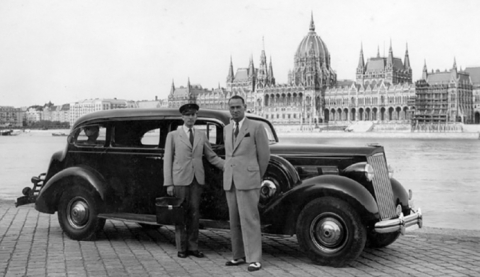 Carl Lutz, Swiss Consul in Budapest, a “Righteous among the Nations”, in front of the Danube and the Parliament building
Carl Lutz, Swiss Consul in Budapest, a “Righteous among the Nations”, in front of the Danube and the Parliament building
Standing up to Evil: A Zionist's Underground Rescue Activities in Hungary
By Peretz Révész
Reviewed by Katalin and Jacques Mouyal
Peretz Révész was born in 1916 in the small town of Holiĉ, in Slovakia, a place where Jews and Christians lived a peaceful life.His father, a lawyer, was deputy to the town chairman and the chairman of the sports club.Peretz Révész started his medical studies but never completed them.WW2 changed his plans and he illegally escaped to Budapest in May 1942, when the Jews were already being taken in Slovakia to Nazi concentration camps.
Like in other countries, Hungarian Jews refused to believe their lives were in danger.Peretz Révész was among the few who foresaw the coming danger and became involved in Zionist movements that prepared young Jews to confront the coming tragedy.In the Summer of 1937, Peretz participated in the "Maccabia" in Czechoslovakia and won the first place in the 100 meters' dash[1].In 1938, he became a member of "Maccabi Ha'Tzair" which in 1941 merged with "Gordonia" and became "Gordonia Maccabi Ha'Tzair"[2].
After the war, in 1949, Peretz moved to Israel where he settled in the kibbutz Kfar Hamaccabi.Much later, when he turned 80, he was asked by other Holocaust survivors to write his memoirs."Standing up to evil" tells the story of the Révész family in Slovakia and of his companions, as they fought the Nazis in Budapest.Their resistance was fought not with weapons but with clandestine operations.
Peretz' memoir was first published in Hebrew in 2002 under the title: :מול נחשולי הרוע Kibbutz Dalia Publishing, 2002.
The memoirs cover a broad range of events that happened in Hungary, before, during and after the war:
- His youth until the time he fled Slovakia and escaped to Hungary;
- The "Aid and Rescue Committee", established to assist the Jewish refugees in Hungary, financed by the JOINT and the Jewish Agency;
- His relationship with Charles Lutz, the Swiss Consul to Hungary who provided safe passage documents to many Jews under the cover of the British Government; (up to 30,000 certificates were issued by Lutz);
- His relationship with Israel Kasztner and Joel Brand, who negotiated with the Nazis in an attempt to save Jews. There was the famous episode where Eichman requested 10,000 trucks in exchange for liberating 1 million Jews (as it is known as "blood for goods and goods for blood").The allies in the end refused the deal.
- As a gesture of good will, Eichman had authorized about 1600 Jews be liberated from the hands of the Nazis in Budapest (see in the book the story of the Kasztner train);
- His account of the Jewish members of the British army, who were parachuted into enemy territory in order to spy for the Allies (Hannah Szenes and two other parachutists' episode);
- The He'Halutz resistance' production of forged documents (based on same template as the Swiss Protection Passes) that allowed Jews to stay safe without being arrested by the Arrow Cross (Hungarian Nazis); the underground produced up to 80,000 such fake certificates;
- Friedrich Born the representative of the International Red Cross, created a department that was in charge of gathering and collecting abandoned Jewish children. These children were housed in buildings protected by the International Red Cross and other embassies, such as by the Spanish, Portuguese and Swedish (in total there were about 50 such homes in Budapest and vicinity).
- Aliyat Ha'Noar activity after the war (700 children from the Children's homes were allowed to make Aliya in 1948)
In the last months of the war, while Nazi Germany was losing the war, it managed to send to concentration camps most of the Jewish population of Hungary. Of those residing in Budapest a large number managed to survive.Peretz' memoir tells under what conditions:the suffering, the hunger, in hiding, the terror from the Arrow Cross.
There were people who managed to fight with weapons against the Nazis and there were those who used their wile and their brain to find a way to survive and save other Jews. Peretz Révész was one of them, one of the unsung heroes of the resistance.
Peretz was a friend of my parents (Katalin's) from Budapest (who also belonged to the He'Halutz movement). About 12 years ago he asked us to help with the English editing and publishing of the book.The English edition became available through the generosity of Yad Vashem Publishing at the end of 2019.See the online Book store at Yad Vashem: https://store.yadvashem.org/he/standing-up-to-evil-a-zionists-underground-rescue-activities-in-hungary




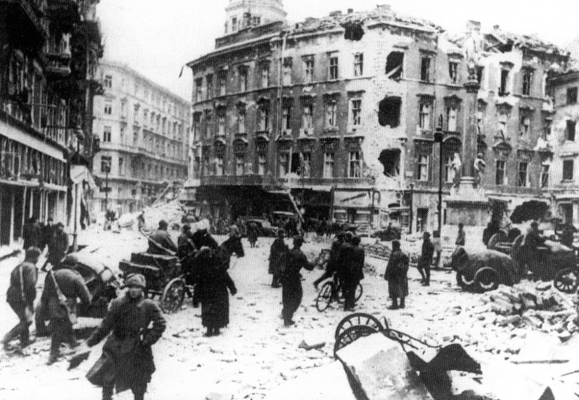
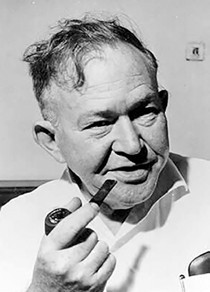
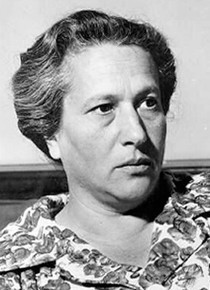
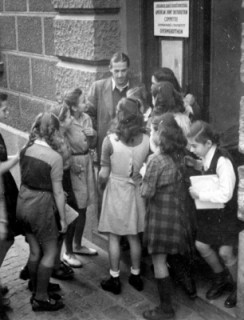
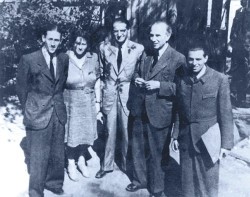





Comments